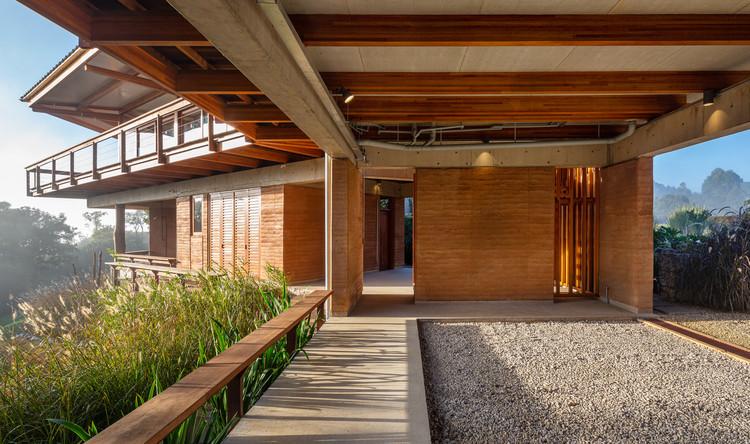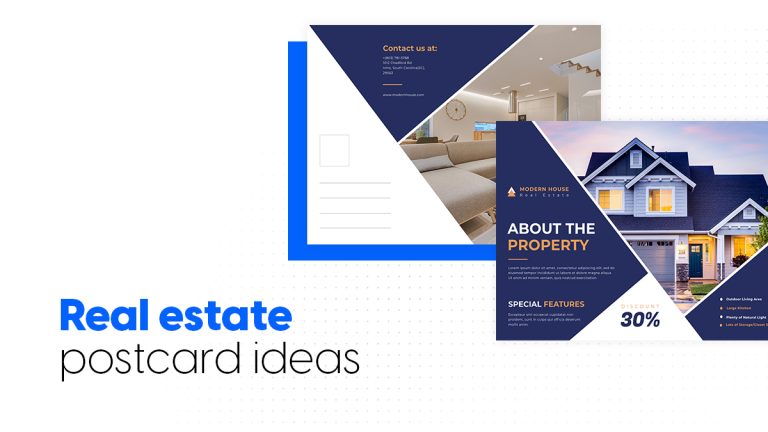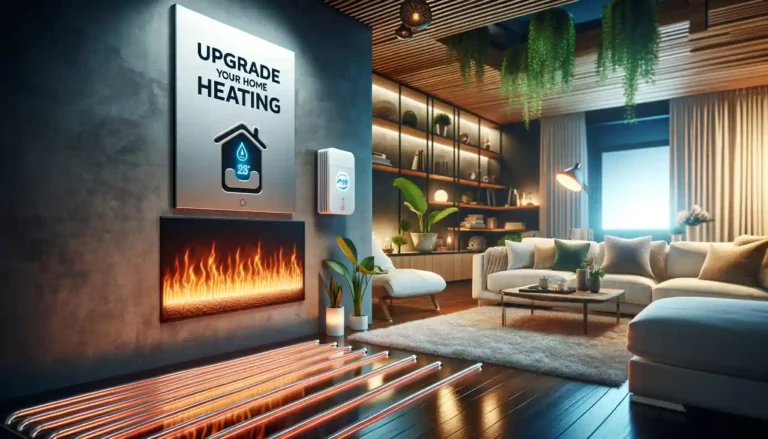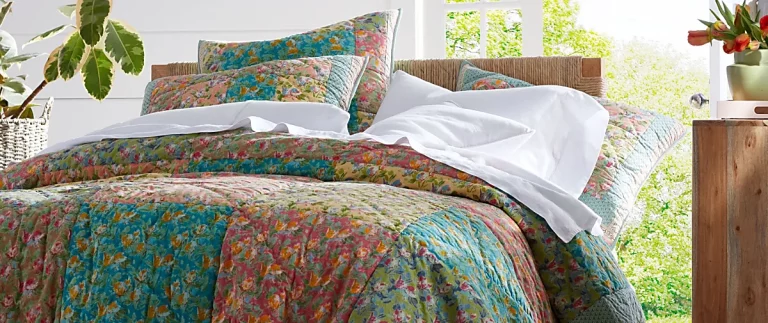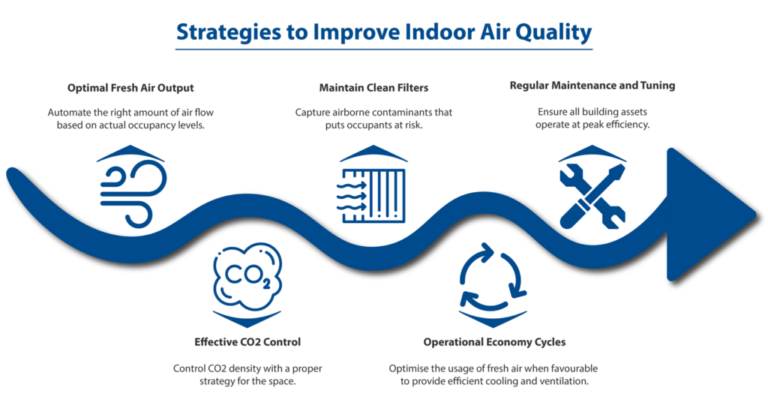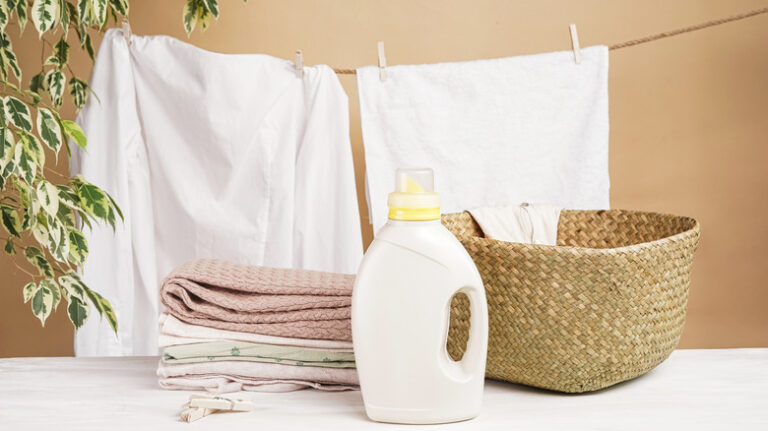Enhancing Aesthetics and Sustainability with Wood Cladding
Wood cladding has been a timeless choice for enhancing the exterior and interior of buildings for centuries. Its natural beauty, versatility, and eco-friendliness make it a popular choice among architects and homeowners alike. In this article, we will explore the world of wood Exterior cladding, its benefits, types, and how it contributes to both aesthetics and sustainability in modern construction Exterpark™ hardwood cladding provides a durable and timeless finish to architectural build projects. It has been applied to leading architectural projects around the world to deliver a statement of quality.
The Beauty of Natural Wood:
- Aesthetic Appeal: Wood cladding brings warmth and character to any structure. Its rich textures, patterns, and colors create a unique visual appeal that cannot be replicated by synthetic materials.
- Architectural Flexibility: Wood can be shaped, cut, and styled in various ways, allowing architects to create distinctive designs that suit different architectural styles, from traditional to contemporary.
Sustainability in Construction:
- Renewable Resource: Wood is a renewable resource, and responsible harvesting practices ensure the continual growth of forests. This makes it an eco-friendly choice for cladding materials.
- Carbon Sequestration: Trees absorb carbon dioxide from the atmosphere, helping mitigate climate change. By using woo
Types of Wood Cladding:
- Shiplap Cladding: This overlapping style of cladding is popular for its clean lines and weatherproofing capabilities.
- Tongue and Groove Cladding: Ideal for a seamless finish, this type of cladding interlocks to create a smooth, durable surface.
- Board-on-Board Cladding: This method involves overlapping boards partially, providing a textured look and improved insulation.
- Reclaimed Wood Cladding: Salvaged wood from old buildings or structures is repurposed for a unique, rustic appearance.
Benefits of Wood Cladding:
- Insulation: Wood offers natural insulation, helping regulate temperature and reduce energy costs.
- Durability: Treated wood can resist decay, pests, and weathering, ensuring long-lasting performance.
- Low Maintenance: Wood cladding typically requires minimal maintenance, making it a cost-effective choice in the long run.
- Health Benefits: Wood is known to improve indoor air quality and contribute to occupant well-being.
Sustainability Practices:
- Certified Wood: Opt for certified sustainable wood from sources like FSC (Forest Stewardship Council) to ensure responsible sourcing.
- Finishes and Coatings: Eco-friendly finishes and coatings can enhance wood’s durability and longevity without harming the environment.
- Recycling and Reuse: Consider using reclaimed wood or recycling wood materials for an eco-conscious approach.
Case Studies:
- The Red Cedar Retreat: This residential project showcases the timeless beauty and sustainability of Western Red Cedar cladding, blending harmoniously with the natural surroundings.
- The Timber-Clad Office: An innovative office building in the heart of the city utilizes locally sourced timber cladding, setting an example for urban sustainability.
Final Thought:
Wood cladding offers the perfect blend of aesthetics and sustainability in modern construction. Its natural beauty, versatility, and eco-friendly qualities make it a top choice for architects and homeowners who seek to enhance the visual appeal of their structures while minimizing their environmental impact. By choosing responsibly sourced wood and employing sustainable practices, we can continue to enjoy the timeless charm of wood cladding while contributing to a more sustainable future for our planet.

Shahid Maqsood, an MBA and Master in Mass Communications, is a seasoned writer with over a decade of experience. Specializing in news and celebrity coverage, he brings a unique perspective from his love for hunting and camping. His work spans multiple platforms like dosttrusty.com and newsbreak.com,Quellpress.com , airriflehunting, and bruitly.com showcasing his versatility and depth. Shahid’s insightful articles reflect his expertise, authoritativeness, and trustworthiness, making him a respected and reliable voice in digital content creation. His contributions engage and inform readers, embodying professionalism and passion in every piece.

